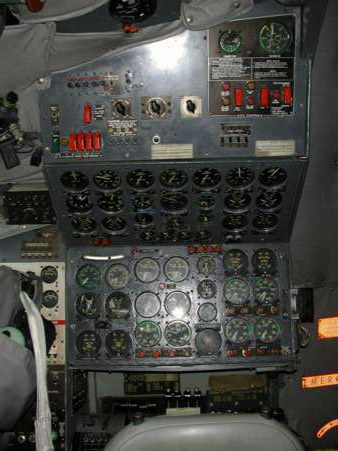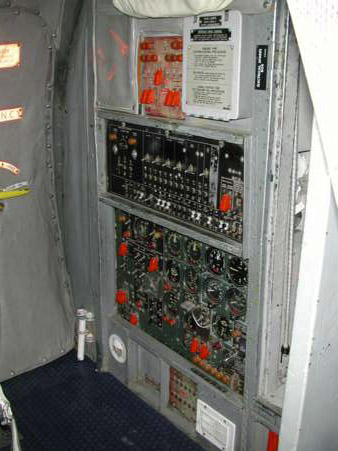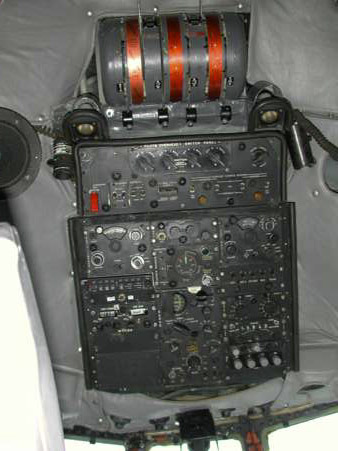| | |||||||||||||||
| "Cockpit," however, is pretty straightforward. The first "cockpits" were actual pits in the ground constructed (to the extent that one "constructs" a pit) to house "cockfights" to the death between game cocks (essentially very belligerent chickens). Cockfighting, a barbaric "sport" usually conducted for gambling purposes, probably originated in ancient China and remains distressingly popular around the world. As a name for the scene of such grisly matches, "cockpit" showed up in English in the 16th century. By the 1700's, "cockpit" was being used as a metaphor for any scene of combat, especially areas (such as parts of Belgium and France) known as traditional battlefields. "Cockpit" was then adopted by pilots in World War I, who applied it to the cramped operating quarters of their fighter planes. Our modern sense of cockpit includes the entire crew areas of large airliners, which are usually fairly spacious* and not, one hopes, the scene of conflict. *He does not mean the Superconnie cockpit... ;-) Text from: www.word-detective.com | |||||||||||||||
| So that's the pit - sorry the cockpit of the Super Constellation. To describe it in one word...tight! If you want to sit down on the seats you have to be very careful. It's very easy to bump your head somewhere. The instrument with the screen in the middle is the Garmin 530 navigation system and does of course not belong to the original equipment. A system like this, with all it's technology would have been bigger than the whole airplane in 1955. On this central instrument panel (Pilots Instrument Panel) are all the controls and instruments a pilot needs for flying. Speed, altitude, engine RPM, horizon, clock, thermometer and many warning lights. For example fire warning, parking brake, gears, hydraulics etc. | |||||||||||||||
 | |||||||||||||||
| Many of these instruments and lights are only for the pilot's information. It is the job of the Flight Engineer (F/E) to care about the engines and all the other things. The engine power is set by the pilots only at takeoff. During flight the pilots tell the F/E to incrase engine power. He can do that more precisely. It is said that the F/E has the most work during a flight. As soon the airplane is in the air, the pilots have only to keep the direction... the F/E does all the rest. | |||||||||||||||
 | |||||||||||||||
 | |||||||||||||||
| This is the workplace of the F/E which is much more complicated. On the left picture are the instruments for the engines. Engine RPM, oil pressure, fuel pressure and amount, motor power, temperature and various light switches. On the right side with many red switches, that's the fire extinguisher system. Below are the fire warning lights and the electric fuses for air conditioning and cabin equipment. The greenish panel with the many dials is for cabin pressurization and heating and cooling. | |||||||||||||||
| |||||||||||||||
 | |||||||||||||||
| This is the so called overhead panel which is located... above the heads of the pilots of course. The red marked levers are for dumping fuel and fire protection. Fuel and oil lines to the engines will be closed with those levers in case of a fire. The four switches directly below control the engine ignition system. There are also some light switches and the buttons for the "Fasten Seatbelt" and "No Smoking" warning lights in the cabin. In the big panel below are the controls for the radios and onboard communication. Only a small panel on the left side is still operational and connected with the Garmin GPS. All the other controls are now decoration. | |||||||||||||||